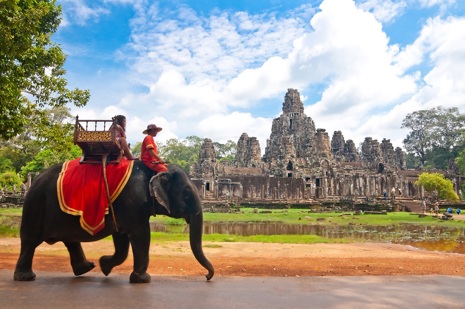
by Philip Goh, Regional Vice President, Asia Pacific
Air traffic is recovering strongly. The total demand for air travel in July 2022 (measured in RPKs) increased by 74.6% over July 2021, primarily driven by the strong recovery in domestic traffic. Asia-Pacific airlines saw their international traffic surge 528.8% in July, compared to July 2021. This was the strongest year-on-year rate among the regions.
There has been flight delays and cancellations, though these are certainly not a new phenomenon in the aviation industry. The problems we are seeing today are mainly affecting only some airports that are major hubs in Europe and North America. Majority of airports are operating normally.
A faster than expected rebound in demand has put pressure on airports facing insufficient skilled manpower. Workers are falling ill due to new waves of Covid-19 variants. Skilled airport and airline staff have left the aviation industry during the past 2 years when the pandemic forced layoffs across the aviation sector. Adding new aviation workers takes time as specialized skills require training while labor industrial actions and delays in security clearances for new aviation workers add to the staff shortage.
Eagerness to revert to "business as usual" in operations has also led the European Commission to announce its intention to return to the longstanding 80-20 slot use rule for the upcoming winter season. This premature return to pre-pandemic slot use rules in the EU will add to likelihood of disruptions as airlines are forced to restore capacity to protect slots, adding to congestion and inability of airports to cope. Major airports are already struggling to cope during the current summer season, with a slot use threshold of just 64%.
The situation at airports like Heathrow and Amsterdam is regrettable. Airports must work closely with airlines to manage and respond to the realities on the ground. Close consultation and collaboration, and exercising flexibility on slot usage must be given priority.
Asia-Pacific has largely been spared the pain so far. A later start to market reopening than Europe and North America has been a blessing in disguise. Airlines and airports in Asia Pacific are mostly a long way from pre-pandemic volumes. Lessons can be learnt from the issues being experienced elsewhere. We see a positive example in Singapore. CAAS has led an intense recruitment drive to attract and replace manpower that left the aviation industry during the pandemic – involving airlines, the airport, as well as ground handlers and security agencies.
Air fares have been rising. Air ticket prices are a function of demand and supply. On the demand side, there is pent-up demand and increased savings from a prolonged deprivation of international travel. On the supply side, capacity restoration by airlines is still somewhat limited. And as jet fuel prices have increased significantly airlines are unable to absorb the higher costs and have no choice but to pass this on to consumers. Fuel cost is the highest component of most airlines’ expenditure, accounting for roughly 24% of costs. At an estimated $192 billion this year (compared to $103 billion for 2021), this is a huge burden to airlines.
Despite the strong recovery in air travel, the airline industry is expected to still lose some $9.7 billion in 2022. However, if continued strong recovery is not disrupted by recession, the industry has a fighting chance to return to profits in 2023. Hopefully, rising inflation and higher interest rates would not dampen the pent-up demand for air travel.